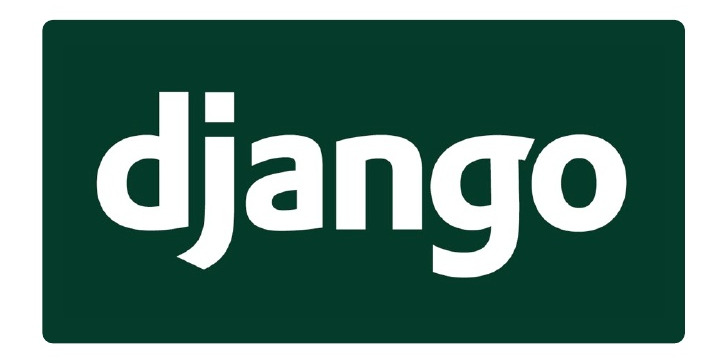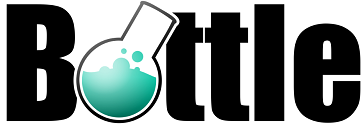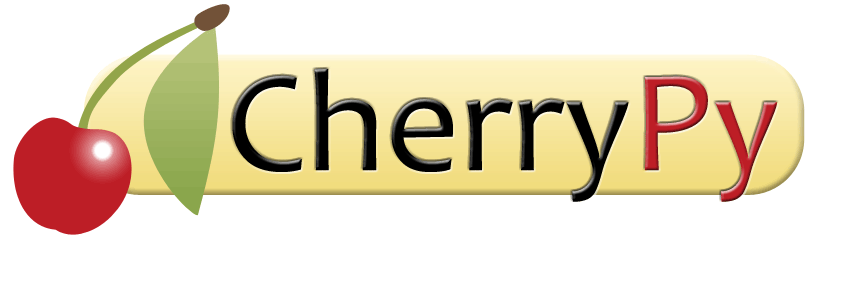Popular Python web frameworks
Dagmara Czarnota , 2 December 2020

Python is an object-oriented programming language featuring a clear and readable source code. It is also a cross-platform language with a very wide range of various applications, including back-end web applications, data science, and machine learning. Many developers enjoy and use this language mainly because of its versatile usage, extremely extensive and rich libraries, and well-functioning frameworks.
Below we present the list of the most popular web frameworks in Python.
Django
Django is one of the most popular frameworks used by Python developers. This free framework enables the quick and efficient creation of high-quality APIs and web applications. No wonder, that it became a standard used in the application creation process. The main set of Django advantages includes efficient caching systems, an automatically generated and comprehensive administration panel, and its own web server for testing. In addition, the framework also provides access to a large number of libraries. Currently, Django is used on the websites of major brands such as Instagram, Pinterest, and The Washington Times.

Flask
Flask is a so-called microframework. It doesn’t have complicated tools and libraries, a database abstraction layer, or form validation functions. The main distinguishing factor of this framework is its lightweight and modular design that contributes to the rapid and effortless adaptation of Flask to various needs. Like Django, Flask is mainly used to create mobile applications, especially small projects because of its lightness and simplicity. Moreover, this simple framework is also used to build foundations of web applications. Nowadays, applications that use Flask include LinkedIn and Pinterest.

Web2py
Web2py is a fully free Python framework that is based on the MVC pattern, enabling the rapid development of scalable, safe, and portable internet applications. This framework was created with application security in mind providing mechanisms for validating and escaping input data. Web2py streamlines the creation process of mobile applications through a web server, SQL database, and online interface. In addition, such a framework facilitates the creation, modification, implementation, and management of web applications via web browsers.

TurboGears
TurboGears facilitates the creation of applications that use database information. This framework was designed in order to let developers quickly build extensible web applications with relatively little configuration. It contains readable templates and uses such components as Genshi, Repoze, SQLAlchemy, and WebOb that work together to significantly improve the creation process of applications that require a consistent database connection. The main advantages of TurboGears include compliance with the MVC pattern, support for multiple databases, and numerous libraries.

CubicWeb
CubicWeb is another free framework written in Python. It enables a developer to effectively create web applications by reusing components (called cubes) while maintaining the rules of object-oriented design. The developer can combine cubes with each other in order to create a particular functionality. The main features of Cubicweb include support for OWL and RDF and simplification of data queries with RQL.

Giotto
Giotto is another Python framework that is based on the MVC pattern. Its main purpose is to provide independent and distinct functions for web designers, web developers, and system administrators. Giotto puts particular emphasis on the separation of view, model, and controller, so designers, creators, and administrators can work independently of each other. A clear separation of these groups can increase the efficiency of the work.

Bottle
Bottle is a light microframework that enables the rapid development of simple web applications. Originally Bottle was supposed to be used only to build APIs. Currently, Bottle is mainly used to create simplified applications and prototypes. This framework uses only the standard Python library and creates one source code for each project. It's worth mentioning that Bottle supports multiple plugins for different databases. In addition, Bottle has a built-in HTTP server and provides routes for sending requests associated with URL parameter support.

CherryPy
CherryPy is another object-oriented Python microframework based on a minimalistic approach. Every app built in this environment is a self-standing service that has its own built-in multi-threaded web server and works in any operating system that supports Python. CherryPy can be distinguished by its built-in encoding, caching, and authentication tool. Additionally, it provides support for various web servers such as Apache and IIS.

Sanic
Sanic is a very simple framework with features similar to those used in Flask, but working definitely faster. The main feature that distinguishes Sanic from other frameworks is its asynchronous operation accelerating the process of answering HTTP requests. Sanic can not only read and save cookie files but also support sub-routing schemes in the application.

Tornado
Tornado is a framework with an open-source code initially created for FriendFeed, which was acquired by Facebook in 2009. Tornado is known primarily for its very high efficiency. Its structure and construction enable it to operate 10,000 connections at the same time. This incredible efficiency makes Tornado a tool used in the creation of mobile applications focused on serving several thousand users simultaneously.

AIOHTTP
AIOHTTP is another asynchronous framework that is known for its ability to enable query redirection. Queries are immediately redirected to where they can be executed and analyzed. This framework enables an effective building process of views, as well as operates the middleware. It is also worth mentioning that AIOHTTP supports WebSockets for both sides, the client and the server, without causing a callback hell (multiple nested callbacks).

Pyramid
Currently, Pyramid is increasingly appreciated by developers. Its flexibility, quality, and transparency contribute to its increased popularity among developers. Its structures are versatile, therefore it is used for both small and simple as well as large and complex projects. Pyramid supports mapping URLs and generating HTML structure. The framework is used for projects created for technological giants such as Mozilla, Dropbox, and SurveyMonkey.

Zope
Zope is an open-source application server written in Python. Zope was the first system that used object-oriented methodology in its operation. As a result, Zope contributed significantly to the growth of Python’s popularity. This framework enables the creation of web applications, as well as internet and intranet portals and content management systems. The most important part of the system is the ZODB object database, which is responsible for storing all other parts of the system. Zope has built-in WWW, FTP, and WebDAV servers. Additionally, it can cooperate with other servers, such as Apache.
